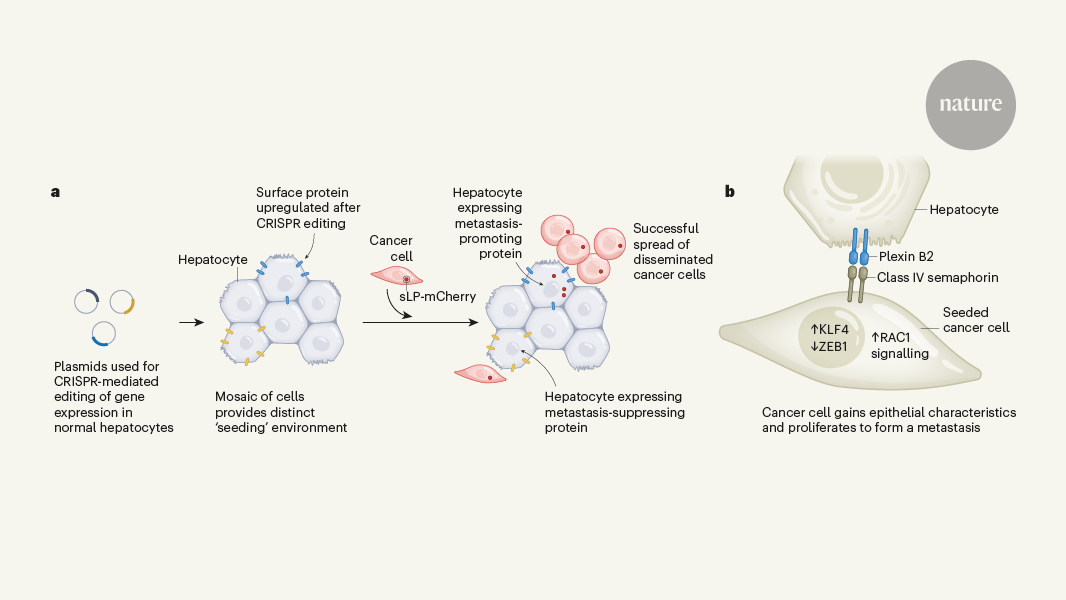How Healthy Cells at Metastatic Sites Determine Cancer Spread
The article discusses the process of metastasis, where cancer cells break away from their original site and form tumors in other parts of the body. This is a challenging process, as it is estimated that fewer than 2 in every 10,000 cancer cells in circulation can successfully form a tumor at a distant site.
The authors, Borrelli et al., provide insights into how healthy cells at the destination site dictate whether cancer successfully spreads. They found that the ability of cancer cells to proliferate and form tumors is influenced by the microenvironment at the metastatic site, particularly the presence and behavior of healthy cells.
The article suggests that understanding the interactions between cancer cells and the surrounding healthy cells at the metastatic site is crucial for developing more effective cancer treatments that can prevent or limit the spread of the disease.
Customize Summary
Rewrite with AI
Generate Citations
Translate Source
To Another Language
Generate MindMap
from source content
Visit Source
www.nature.com
Cancer spread in the liver is unlocked from within
ข้อมูลเชิงลึกที่สำคัญจาก
by Katharina Wo... ที่ www.nature.com 07-24-2024
https://www.nature.com/articles/d41586-024-02235-6
สอบถามเพิ่มเติม
